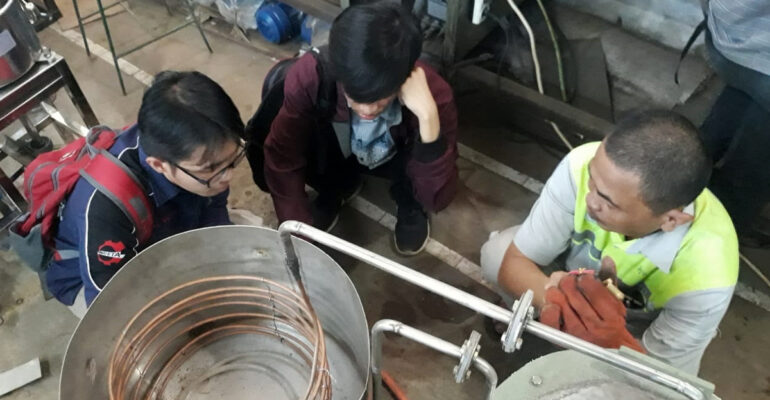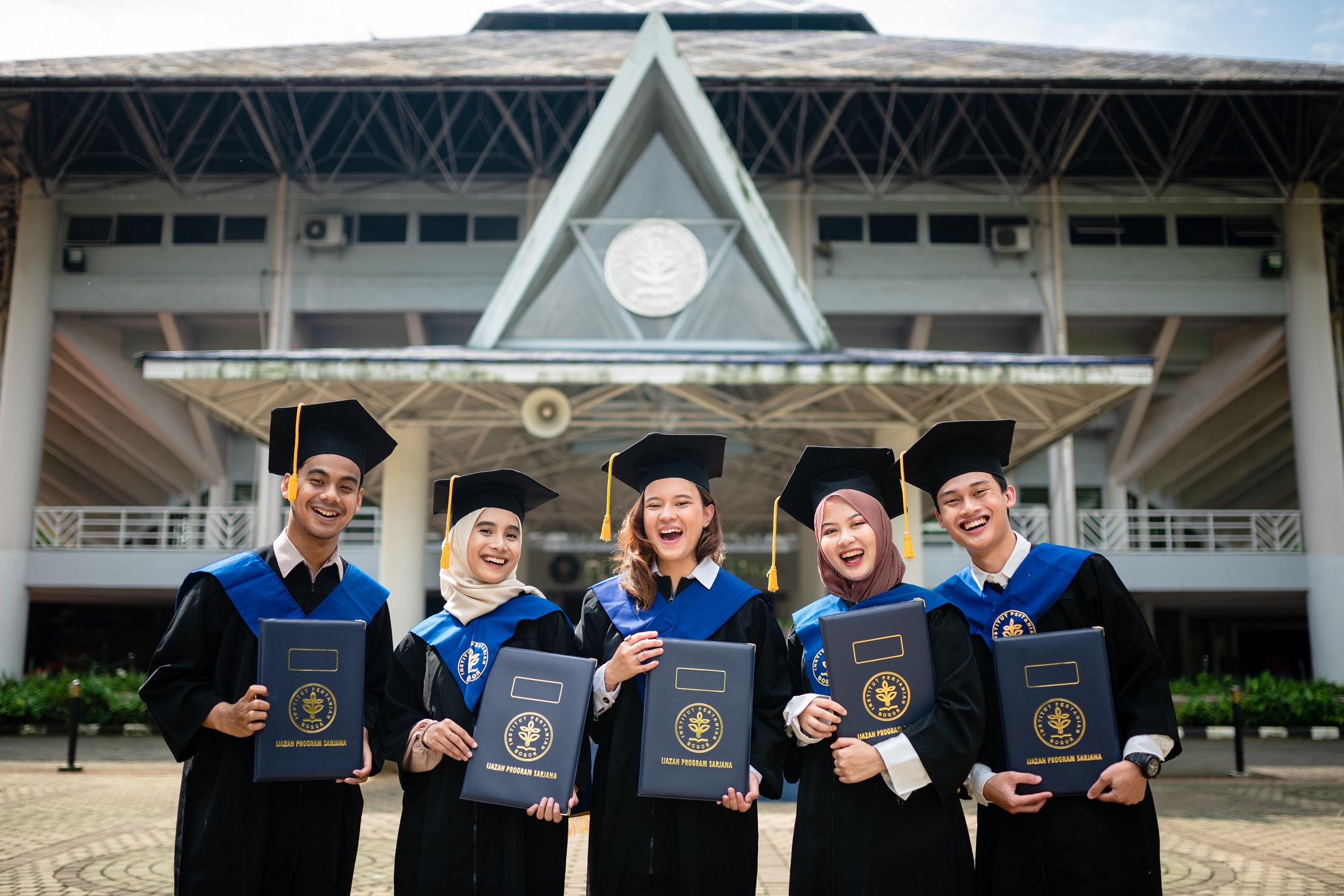IPB University Students Change Plastic and Agricultural Waste into Renewable Energy

Most plastic waste is disposed of in landfills or burned. Proper handling of plastic waste treatment is important in overcoming environmental problems. To overcome this problem a clear, accurate and optimal management system is needed.
As with plastic waste, agricultural waste also requires special handling. There are three ways to manage and utilize plastic waste, namely landfilling, incineration with or without energy recovery and recycling. Landfilling and incineration cannot be a solution because landfilling requires a very large area and is very expensive. While incineration causes harmful emissions such as nitrogen oxides, sulfur oxides and carbon monoxide and many others.
One solution to this problem is to use the pyrolysis process system in plastic and agricultural waste treatment. The pyrolysis process is used because it is environmentally friendly and the cost is relatively low, portable, can be installed on narrow land, is environmentally friendly, time efficient because two different waste materials undergo a rapid pyrolysis process simultaneously in a relatively short time in a double reactor, safe, and optimal performance.
Pyrolysis is the decomposition of material in the absence of oxygen or with little oxygen, with high temperatures that reduce plastic. The results of this pyrolysis are three types: liquid (oil), gas and solid residue. Organic waste such as corn cobs, tree twigs, coconut shells and other biomass can be processed by pyrolysis so that it is more useful. It can even be used for preserving food in fresh fish, beef or fresh ruminants and chicken meat and other foodstuffs that require food preservatives organically without chemicals.
A team of IPB University students consisting of Kingking Butar Butar, Alexander Salvatoris Febrian Hutomo and Thomas Chenlin in the Karsa Cipta Student Creativity Program (PKM-KC) made DROPYS Dual Reactors Portable. The innovation of making fast pyrolysis is guided by Dr. Ir Radite PA Setiawan, MAgr.
DROPYS Dual Reactors Portable is a tool that can process plastic and agricultural waste into renewable energy with a fast pyrolysis process simultaneously. The working process is Dual Portable Reactor heated to reach temperatures of 4000 degrees Celsius for top reactors made from organic and 6000 degrees Celsius for lower reactors made of plastic. After that the distillation process occurs. Materials that have been heated will evaporate and pass through the condenser for the condensation process so that it becomes a distillate or liquid smoke with a relatively short time.
The test was carried out on inorganic waste (PET plastic) with an initial weight of 682.6 grams and produced a distillate (liquid smoke) of 25.7 grams, gas of 432.8 grams and char (residue) 224.1 grams. While for inorganic waste (wood branches) with an initial weight of 614.5 grams produces 12.7 grams of distillates, residues, gases and materials that have not been hydrolyzed when the plastic chamber is finished.
“The next step is testing liquid smoke samples produced using GC-MS for fractionation and characterization so that data on the content of fuel quality compounds and the content of phenol compounds for food preservatives are obtained,” said Kingking as Team Leader (dh / Zul)



